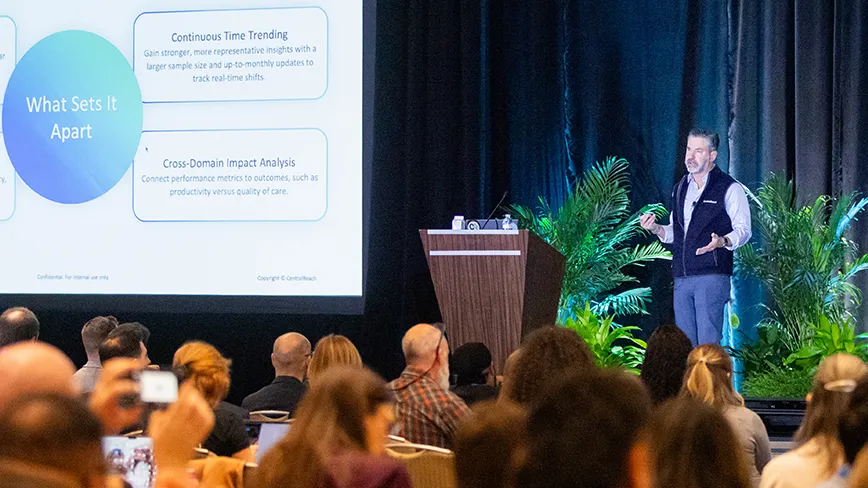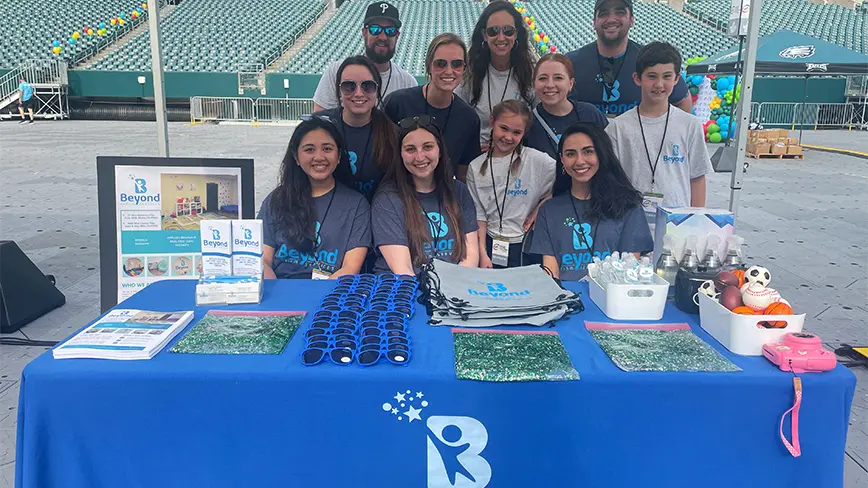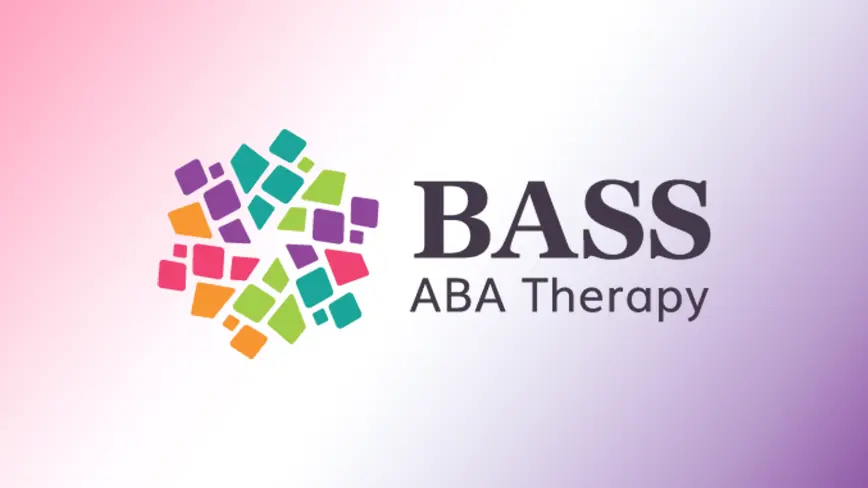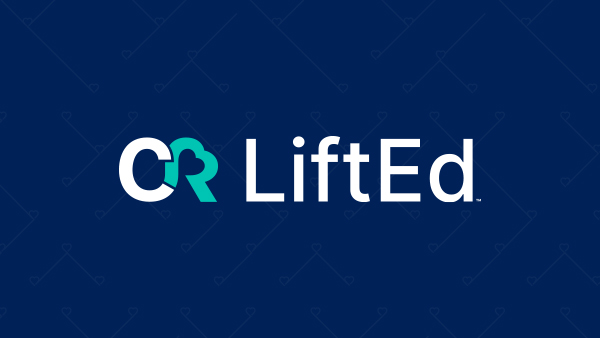Individualized Education Programs (IEPs) and 504 Plans are two distinct programs that allow students with disabilities to receive the support needed to thrive in school. These individualized plans are designed to accommodate students with diverse cognitive, behavioral, physical, and medical needs.
This guide will explore how IEPs and 504 Plans differ and highlight the importance of software in managing individualized student plans. As a leading provider of special education software, CentralReach is committed to empowering educators, behavior analysts, and support staff with the tools they need to enhance student outcomes and promote independence.

IEP Versus 504 Plan
When students have disabilities that impact their ability to learn and effectively engage in the school setting, they may qualify for either an IEP or a 504 Plan. Both are individualized plans that outline the support the student will receive that will reduce barriers to learning.
Individualized Education Program (IEP)
IEPs are mandated under the Individuals with Disabilities Education Act (IDEA). Students with a qualifying disability that falls under one of the 13 disability categories may qualify for an IEP after a comprehensive evaluation of the student’s abilities and needs.
IEPs are a written and legally binding document that outlines the following:
- Current levels of performance
- The student’s unique measurable annual goals
- Special education services they are entitled to
- Information regarding how the student will participate with the general education population
- Supplementary aids and supports
- Modifications to the curriculum, if necessary
- Transition services for students 16 and older
These plans should be highly individualized to address each student’s unique needs based on how their diagnosis affects their ability to function in the school environment.
504 Plan
504 Plans are mandated under Section 504 of the Rehabilitation Act of 1973. While these plans are another form of support for students with diverse needs, they differ in many ways. A 504 Plan outlines the supports educators will use to reduce barriers to accessing education, though it does not entail special education services. These are used for children with physical or psychological impairments or learning challenges. They include accommodations in how the student learns but don’t include modifications to what they learn. Oftentimes, students who do not qualify for an IEP may be eligible for a 504 Plan instead.
Some examples of 504 accommodations include:
- Learning breaks
- Extra time on tests
- A quiet setting for taking tests
- Behavior Intervention Plans
- Specialized chair or desk location
- Speak to text for typed assignments
- Fidget items
- Visual supports
A 504 Plan is less structured than an IEP. These plans must include:
- The accommodations the student will receive
- Who will provide each service
- A case manager who will oversee the plan

Understanding IEP Software
IEPs can be complex and time-consuming. They require substantial time for development, implementation, and ongoing progress monitoring. IEPs are also data-driven, requiring educators to record and monitor data on student performance. As IEPs are legally binding, educators must ensure compliance with federal requirements.
IEP software streamlines the process with a centralized platform for educators, administrators, therapists, and support staff to create the plan and monitor progress. CentralReach’s innovative IEP software solution empowers educators while saving valuable time. The integration from assessment to IEP development to tracking goal progress makes for a seamless workflow, eliminating multiple disparate systems like paper data and spreadsheets. This enhances communication and transparency among the IEP team members.
Exploring IEP Data Collection
Data collection on student goals and behaviors is crucial. Not only is data necessary to measure baseline performance and ongoing progress accurately, but it is also a legal requirement. Data collection allows the IEP team to track the student’s progress to evaluate the effectiveness of supports and services. Armed with data, educators can make informed decisions regarding potential modifications to the goals, instructional methods, or accommodations. Data-informed decision-making is critical for the best possible student outcomes.
Many districts around the country are eliminating disintegrated systems like data collection sheets and spreadsheets. Instead, they opt for digital data collection platforms that systematically record, analyze, and report student data in a single system.
CentralReach’s IEP software, CR LiftEd, offers comprehensive data collection tools with fully customizable templates. With a user-friendly interface, educators can easily input data in real time as the day progresses, ensuring accuracy and compliance. Data can then be analyzed with auto-graphing and robust reporting capabilities, providing a thorough view of the learner’s progress.

Examples of IEP Data Collection
Educators, therapists, and support staff may need to collect data on many different behaviors and skills within an IEP. These can include qualitative data such as ABC recording to better understand behaviors that interfere with their learning. They can also include quantitative data like the percent of correct responding or frequency and duration of behaviors.
With CentralReach’s IEP data collection tools, IEP teams can track a wide array of data, including:
- Behavior reduction goals
- Academics
- Annual IEP goals
- Speech, Occupational, and other therapy goals
- ABA skill acquisition data
Despite data collection's benefits and legal requirements, many educators struggle with managing data. Old Bridge Township School District experienced these challenges firsthand. The special education team at Old Bridge Township struggled with navigating other data collection software, which was cumbersome and caused extra work for teachers. Paper data collection also had major limitations, so they made the switch to CentralReach. Christine Dougherty, the Supervisor of Secondary Special Education at Old Bridge Township School District, shared how important it was to find a platform that improved data collection practices without contributing to burnout, stating, “I wanted to make sure it didn’t feel like an additional burden.” With CentralReach’s suite of special education software, Christine and her team can elevate student outcomes without adding to educators' already heavy workload.
Both IEPs and 504 Plans are vital for providing students with disabilities the support and accommodations they need to succeed at school. 504 Plans offer students the unique accommodations they need to navigate their learning journey. IEPs take it one step further by also delivering special education services and supports. Educators who work with students with disabilities can leverage CentralReach’s innovative software solutions to streamline the IEP process and enhance data collection and analysis. Ultimately, quality special education software allows educators to empower students to achieve their unique goals, in the classroom and beyond.
Posted in Education, Special Education
You may also like...
Related information and stories
Special Education Data Collection/Case Management Success for NJ School District
Finding the right partners to promote quality and efficiency in special education is essential. In today’s digital world, this means discovering the tools and technology that promote student success and…
Continue ReadingStreamline Special Education Transition Plans with Unified Language. Innovative!
Every student’s special education journey encompasses many transitions. Navigating transitions, from the initial IEP evaluation all the way to postsecondary transitional service planning, is complex. Ensuring everyone, from educators and…
Continue ReadingEfficient ABA Data Collection: Special Education Software Solutions
Meeting the unique needs of students with autism and IDD is a continuously evolving process for educators. Partnering with the right software provider can make all the difference in driving…
Continue Reading






